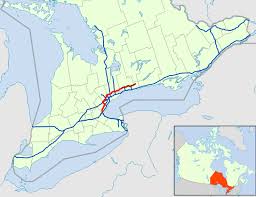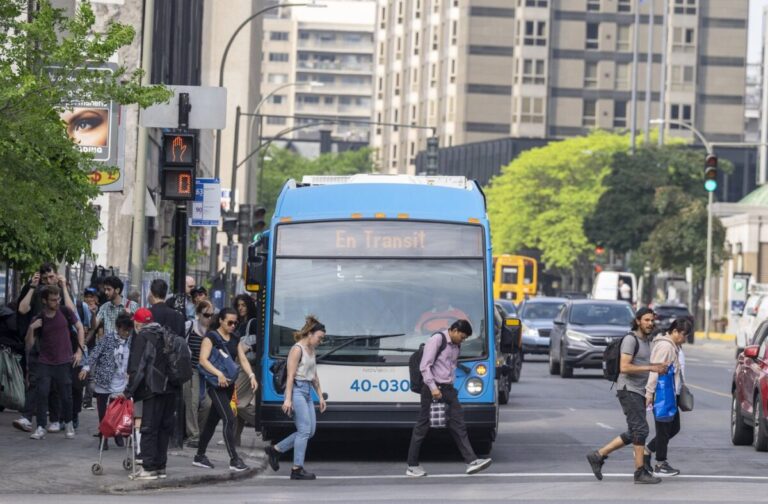
Introduction to the 407 ETR
The 407 ETR (Express Toll Route) is a vital transportation link in Ontario, offering a fast and efficient route for millions of commuters. Spanning 108 kilometers from Burlington to Pickering, the highway significantly impacts the province’s economy and transport infrastructure. Its importance is underscored by the increasing numbers of vehicles utilizing it for daily commutes, business logistics, and emergency services. Understanding the 407 ETR’s role and recent developments can help drivers make informed decisions about their travel routes.
Key Features of 407 ETR
The 407 ETR is notable for its all-electronic tolling system, meaning there are no toll booths on the road. This design allows for a steady flow of traffic, reducing congestion and travel time for users. As of October 2023, toll rates on the highway vary based on the time of day and vehicle type, and users can conveniently pay through transponders that deduct toll amounts automatically from their accounts. Moreover, the highway’s infrastructure is equipped with various technology innovations such as smart traffic management systems that provide real-time updates to drivers.
Recent Developments and Updates
In recent years, enhancements to the 407 ETR have been made to further improve user experience. Ontario’s Ministry of Transportation announced plans to introduce new features, including enhanced mobile applications for tracking tolls, real-time traffic alerts, and updates on road conditions. A recent survey indicated that over 70% of 407 ETR users expressed satisfaction with the highway’s overall performance, appreciating its integrity and efficiency.
Challenges and Future Prospects
Despite its successes, the 407 ETR faces ongoing challenges. The rising costs of tolls remain a point of contention for many commuters, leading to discussions about the equity of toll road usage in Ontario. Additionally, highway maintenance and environmental concerns are topics that the authorities are addressing diligently. Looking ahead, stakeholders are optimistic that innovations in transportation technology, such as electric vehicle integration and enhanced tolling options, will contribute to the highway’s sustainability and functionality.
Conclusion
The 407 ETR remains a critical transportation corridor for Ontario, balancing the needs of commuters with challenges such as toll affordability and infrastructure maintenance. As ongoing improvements take shape, users of the highway can look forward to an upgraded travel experience, driven by technology and community input. The 407 ETR is more than just a toll road; it is a lifeline for many Ontarians navigating the complexities of daily travel.




